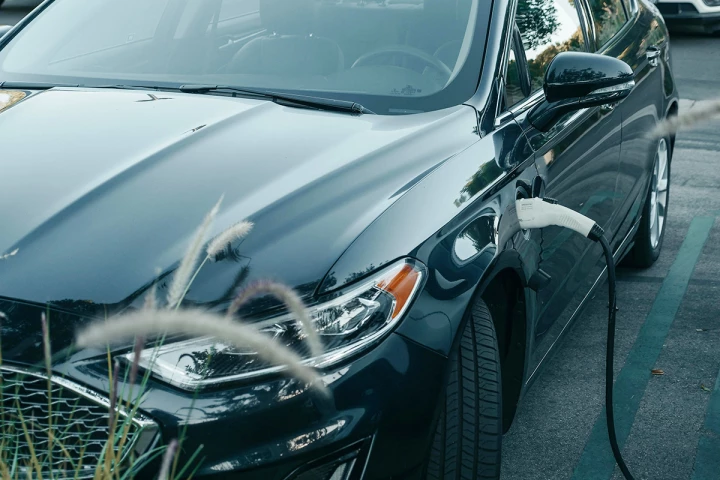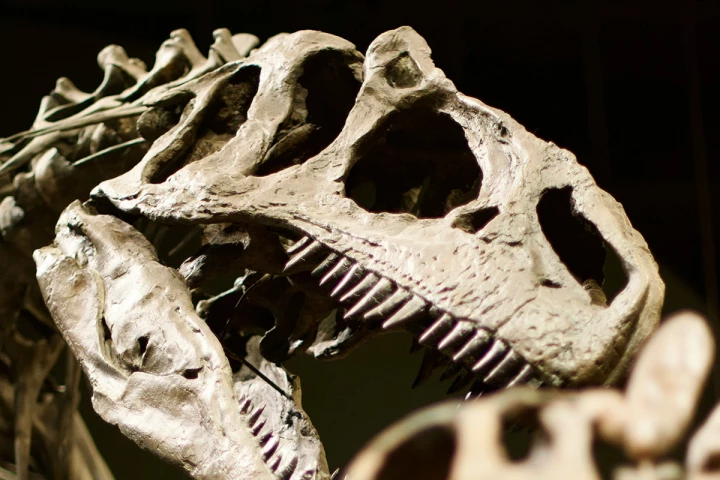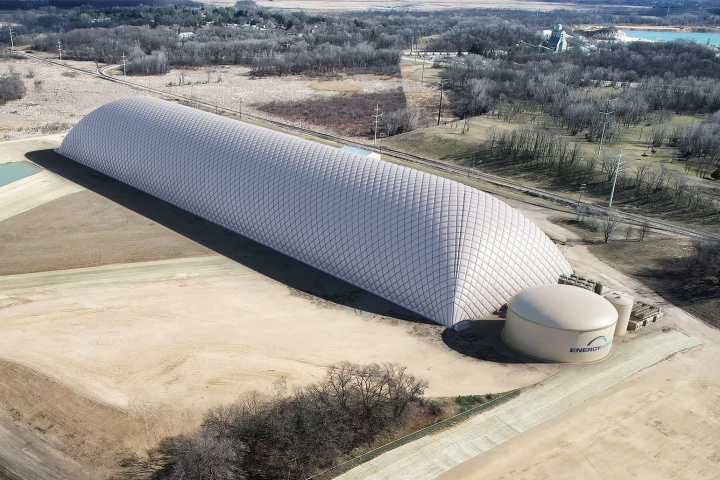Carbon Dioxide
-
On a remote reef, endless streams of bubbles rise from cracks in the seabed into the shallow water, fed by an underground volcanic system. For scientists, this phenomenon has become a kind of crystal ball, revealing the changes that await marine life.
-
A climate report projects that the world's carbon emissions are on track to hit an all-time high this year, despite major advances in green tech and adoption of measures to curb pollution from the use of fossil fuels.
-
A report out of Europe throws serious shade at plug-in hybrid electric (PHEV) cars, pointing out that they emit nearly as much carbon dioxide emissions as gas-powered vehicles. So much for greener motoring.
-
Scientists in China have devised a way to capture carbon dioxide stored in seawater, and convert it into biodegradable plastic precursors. This approach could reduce the acidification effect of CO2 emissions in marine ecosystems, with an added bonus.
-
Researchers in Germany found fossilized dinosaur teeth can reveal what the air was like in prehistoric times. Humans might have found it hard to breathe if we were around back then, because CO2 levels were four times as high as the preindustrial era.
-
Carbon dioxide doesn't get a good rap in terms of eco-friendly energy production. But a new partnership forged by Google will see the greenhouse gas used inside a giant battery to manage and stabilize grid energy produced by renewable sources.
-
AI tools like ChatGPT have changed our personal and professional worlds, with around 52% of American adults regularly using a large language model. But at what cost? A new study details the large environmental price we're paying for our AI assistants.
-
Canadian decarbonization firm Exterra is tackling a critical environmental issue that's not talked about often: cleaning up the mineral waste left behind in asbestos mines after decades of extraction.
-
Researchers have found a way to take waste concrete from demolition sites and turn it into fresh new concrete that has a strength not seen before from such a product. The breakthrough could lead to significant emissions reductions in the building sector.
-
This strange white paste might not look like much, but it could not only solve the sand shortage, but make the cement manufacturing process absorb carbon dioxide instead of emitting it. Scientists grew this stuff out of seawater, electricity and CO2.
-
MIT spinout Boston Metal has powered up its electricity driven steel production reactor and made over a ton of metal in a crucial step toward commercializing its process. With clean electricity, the process could make steel with zero CO2 emissions.
-
Stanford researchers have found a way to activate commonly found rocks so they capture CO2 out of the air at room temperature. The team believes it could be relatively inexpensive, and can easily scale to help sort our emissions problem worldwide.
Load More











